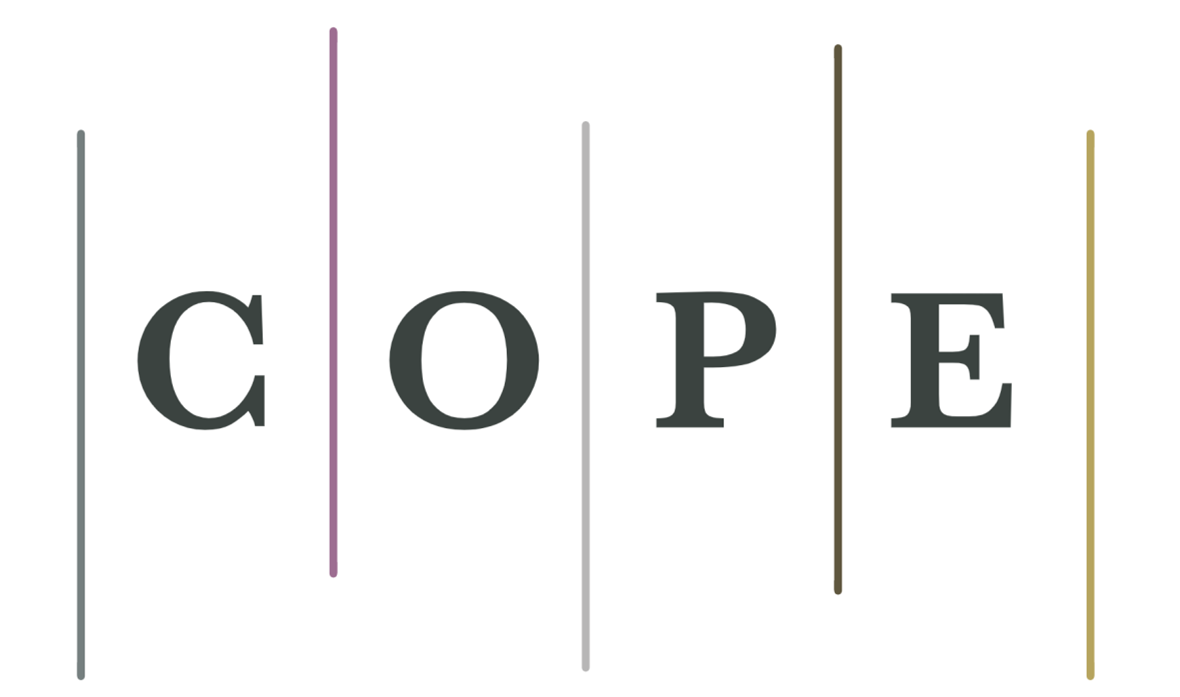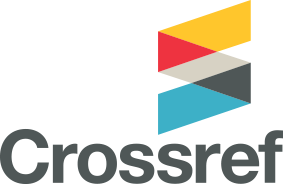Autonomous Vehicle Steering-based Feedback Linearization and Sliding Mode Control
DOI:
https://doi.org/10.22153/kej.2025.05.002Keywords:
Feedback Linearization, Robust control , SMC.Abstract
This study proposes a robust control approach for vehicular dynamic system speed control. The proposed method combines a sliding mode controller with a feedback linearization technique. Considering the high nonlinearity of the vehicle dynamic system model, feedback linearization is used to transform the vehicle dynamic system into a linear system. A Lyapunov theorem is used to approve the stability of the proposed controller. Moreover, a proportional integral derivative (PID) controller with genetic algorithms is used for comparison. The integral absolute error (IAE) is used as the performance comparison index between controllers. Simulation results show that the proposed method can achieve excellent performance with high robustness against external disturbance and system uncertainty. In the tracking case, the IAE value of the proposed controller is 2.3, whilst that of the PID is 15.2. Under external disturbance, the IAE values are 3.1 and 19.1 for the proposed controller and PID, respectively.
Downloads
References
[1] M. Levantaci, E. Sabbioni, and M. Asperti, “Modelling and Validation of an Adaptive Cruise Control using a high fidelity Dynamic Driving Simulator” Tesi di LaureaMagistrale in Mechanical Engineering - IngegneriaMeccanica 2021.
[2] S. Shladover, “Connected and Automated Vehicle Systems: Introduction and Overview,” Journal of Intelligent Transportation Systems, vol. 22, pp. 00–00, May 2017, doi: 10.1080/15472450.2017.1336053
[3] D. Palac, I. D. Scully, R. K. Jonas, J. L. Campbell, D. Young, and D. M. Cades, "Advanced Driver Assistance Systems (ADAS): Who’s Driving What and What’s Driving Use?," *Proceedings of the Human Factors and Ergonomics Society Annual Meeting*, vol. 65, no. 1, pp. 1220–1224, Sep. 2021, doi: 10.1177/1071181321651234..
[4] S. K. Rao and T. N. Kesavamurthy, "A study on Advanced Driver Assistance Systems (ADAS)," *International Journal of Vehicle Structures & Systems*, vol. 9, no. 4, pp. 190-195, 2017, doi: 10.4273/ijvss.9.4.07.
[5] D. Wu et al., "Multi-objective dynamic coordinated Adaptive Cruise Control for intelligent electric vehicle with sensors fusion," *Mechanical Systems and Signal Processing*, vol. 209, p. 111125, Mar. 2024, doi: 10.1016/j.ymssp.2024.111125.
[6] D. Mohammed and B. Horváth, “Comparative Analysis of Following Distances in Different Adaptive Cruise Control Systems at Steady Speeds,” World Electric Vehicle Journal, vol. 15, no. 3, Art. no. 3, Mar. 2024, doi: 10.3390/wevj15030116.
[7] A. H. Mary, A. H. Miry, and M. H. Miry, "Design robust H∞-PID controller for a helicopter system using sequential quadratic programming algorithm," *Journal of the Chinese Institute of Engineers*, vol. 45, no. 8, pp. 688-696, 2022.
[8] A. Ghaffari, N. Ghadimi, and B. Shokri, "Adaptive cruise control with PID and MPC for distance and speed regulation in automated vehicles," IFAC-PapersOnLine, vol. 48, no. 3, pp. 64-69, 2015, doi: 10.1016/j.ifacol.2015.06.200.
[9] A. Musa et al., "A Review of Model Predictive Controls Applied to Advanced Driver-Assistance Systems," *Energies*, vol. 14, Nov. 2021, doi: 10.3390/en14237974.
[10] M. S. Ahmed, A. H. Mary, and H. H. Jasim, "Robust Computed Torque Control for Uncertain Robotic Manipulators," *Al-Khwarizmi Engineering Journal*, vol. 17, no. 3. pp. 22-28, 2021.
[11] W. Jiang, W. Zhang, and Y. Zhang, "A Fuzzy Logic Controller for adaptive cruise control system of electric vehicle," Proceedings of the IEEE International Conference on Mechatronics and Automation, pp. 509-514, 2016, doi: 10.1109/ICMA.2016.7558592.
[12] C. Jacobé de Naurois, C. Bourdin, C. Bougard, and J.-L. Vercher, “Adapting artificial neural networks to a specific driver enhances detection and prediction of drowsiness,” Accident Analysis & Prevention, vol. 121, pp. 118–128, Dec. 2018, doi: 10.1016/j.aap.2018.08.017.
[13] M. Miry, "Nonlinear state feedback controller combined with RBF for nonlinear underactuated overhead crane system," *Journal of Engineering Research*, vol. 9, no. 3A, 2021.
[14] L. Yu and R. Wang, "Researches on Adaptive Cruise Control system: A state of the art review," Journal of Automobile Engineering, vol. 236, no. 2-3, pp. 211-240, 2022, doi: 10.1177/09544070211019254.
[15] P. Mahadika, A. Subiantoro, and B. Kusumoputro, “Neural Network Predictive Control Approach Design for Adaptive Cruise Control,” International Journal of Technology, vol. 11, p. 1451, Dec. 2020, doi: 10.14716/ijtech.v11i7.4592.
[16] V. Oguntosin and J. Olasina, “Control Design and Analysis of Cruise Control System,” Journal of Research in Engineering and Applied Sciences, vol. 6, pp. 108–112, Jul. 2021, doi: 10.46565/jreas.2021.v06i03.001.
[17] V. Minh, R. Moezzi, J. Cýrus, and J. Hlava, “Model Predictive Control for Autonomous Driving Vehicles,” Electronics, vol. 10, p. 2593, Oct. 2021, doi: 10.3390/e
[18] R. Alika, E. M. Mellouli, and E. H. Tissir, "A modified sliding mode controller based on fuzzy logic to control the longitudinal dynamics of the autonomous vehicle," *Results in Engineering*, vol. 22, 2024.
[19] K. J. Åström and R. M. Murray, *Feedback Systems: An Introduction for Scientists and Engineers*, 2nd ed., Princeton, NJ: Princeton University Press, 2010, ch. 6, p. 225.
Downloads
Published
Issue
Section
License
Copyright (c) 2025 Al-Khwarizmi Engineering Journal

This work is licensed under a Creative Commons Attribution 4.0 International License.
Copyright: Open Access authors retain the copyrights of their papers, and all open access articles are distributed under the terms of the Creative Commons Attribution License, which permits unrestricted use, distribution, and reproduction in any medium, provided that the original work is properly cited. The use of general descriptive names, trade names, trademarks, and so forth in this publication, even if not specifically identified, does not imply that these names are not protected by the relevant laws and regulations. While the advice and information in this journal are believed to be true and accurate on the date of its going to press, neither the authors, the editors, nor the publisher can accept any legal responsibility for any errors or omissions that may be made. The publisher makes no warranty, express or implied, with respect to the material contained herein.
















